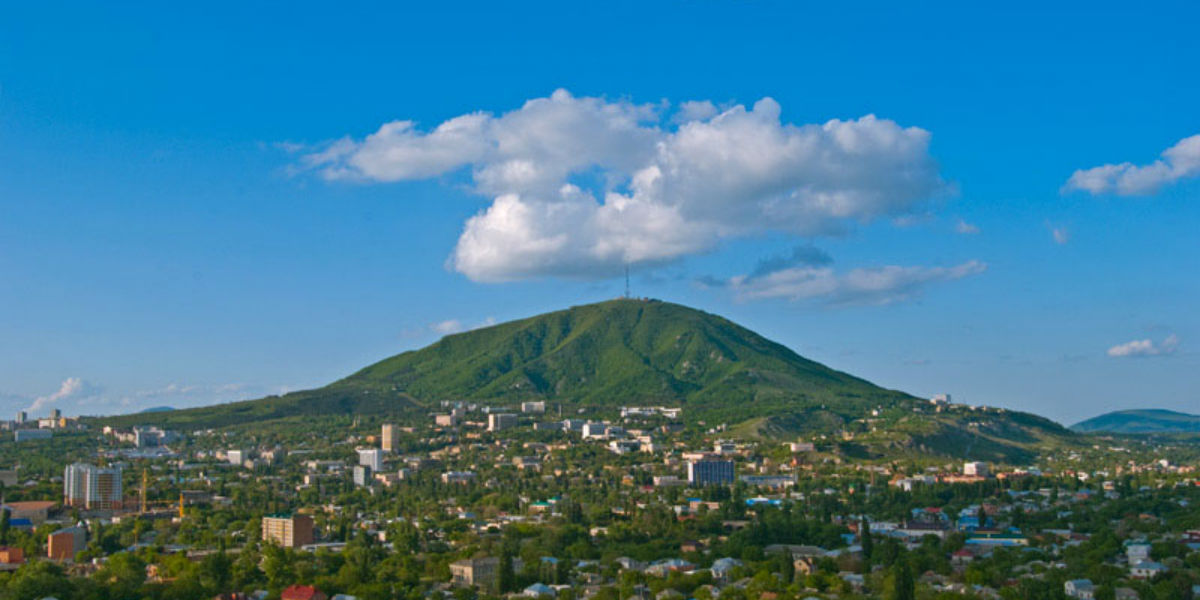Pyatigorsk has the most extensive evidences and indications for the treatment among all other resorts of Caucasian Mineralny Vody (lit. Mineral Waters). The cardiovascular diseases, disorders of nervous system, digestive organs, joints and spine as well as gynecological diseases are treated here using radon mineral water, carbon-hydrogen sulphide water and dirt of Tambukan lake. Physiotherapy, massage, acupuncture and psychotherapy are also used there.
In therapeutic and prophylactic institutions of Pyatigorsk you can get medical and diagnostic assistance and advice from the highly qualified personnel.
Treatment with natural mineral waters (balneotherapy) is implemented by means of external application – general and local baths, bathing in the therapeutic pools and showers. Mineral water is also used for drinking, irrigation, intestinal washings and inhalations. The therapeutic effect of these procedures can be mainly perceived through the skin, the nervous system and the blood.
NEURAL SYSTEM DISORDERS
1. Diseases and consequences of traumas and injures of the central nervous system.
2. Diseases of the peripheral nervous system.
3. Cerebrovascular diseases: a consequence of cerebral circulation disorders during the recovery period (after 4-6 months).
4. Diseases of the autonomic nervous system.
Sanatoriums: Leninskiye Skaly, Rodnik, Lastochka, named after M.Y. Lermontov, “Iskra”Boarding House.
DIGESTIVE DISEASES
1. Chronic colitis, mild and moderate enterocolitis (except stenosing, tubercular, ulcerative, bacterial and parasitic in non-acute phases).
2. Dyskinesia of intestine, biliary tract and gall bladder in non-acute phase.
3. Ulcers disease of stomach and 12 duodenal ulcer in remission or fading exacerbation without motor insufficiency of the stomach, inclination to bleeding, penetration.
4. Chronic gastritis and gastrodoudenitis in non-acute phase.
5. Chronic hepatitis, cholecystitis, cholangitis, pancreatitis of different etiology, with no inclination to frequent exacerbations, in remission.
6. Cholelithiasis, except the forms of complicated infection and requiring surgical intervention.
Sanatoriums: named after M.Y. Lermontov, “Iskra”Boarding House, Leninskiye Skaly.
PERIPHERAL VASCULAR DISEASES
1. Chronic venous insufficiency on the basis of varicose of veins.
2. Obliterating endarteritis with I and II class blood circulation disorders of lower limbs during the period of stable remission.
3. Obliterating atherosclerosis of the limbs without ulcers, gangrene as well as after the reconstructive operations on peripheral vessels (6-8 weeks after the surgery).
4. Residual effects after phlebitis, thrombophlebitis of the lower limbs (no earlier than 2-4 months).
Sanatoriums: named after M.Y. Lermontov, Leninskiye Skaly, Zori Stavropolya, “Iskra”Boarding House.



